The Mid-Atlantic Corridor roughly follows the path of the MidAtlantic Resiliency Link, or MARL, project that PJM ordered NextEra and FirstEnergy to build last December. It begins at 502 Junction substation in southwestern Pennsylvania and traverses through West Virginia, Maryland, and Virginia on its way to bring coal-fired electricity from West Virginia to Northern Virginia's data centers. It looks like this. The lines on this map may be 200-400 feet wide.
Here's my advice on submitting effective comments. Make sure you have also sent your extension request and letters to elected officials for Step 1.
DOE’s announcement of proposed corridors begins Phase 2 of its process. Phase 2 allows “information and recommendations” and comment from any interested party and you are urged to submit your comments. DOE requests information submissions in Phase 2 by 5:00 pm on June 24, 2024. Interested parties may email comments as attachments to NIETC@hq.doe.gov. You are encouraged to request DOE acknowledge your submission by return email so that you know it was received by the deadline. DOE requests comments in Microsoft Word or PDF format, except for maps and geospatial submissions. The attachment size limit for submissions is roughly 75 MB and may require interested parties to send more than one email in the event attachments exceed this limit. There is no page limit on comments. DOE requests that comments include the name(s), phone number(s), and email address(es) for the principal point(s) of contact, as well as relevant institution and/or organization affiliation (if any) and postal address. Note that there is no prohibition on the number of information submissions from an interested party, though DOE encourages interested parties making multiple submissions to include an explanation of any relationship among those submissions.
DOE will grant party status to anyone who comments in response to the notice of the preliminary list of potential NIETC designations, in the manner and by the deadline indicated above. Only those granted party status may request rehearing of the DOE’s decision, or appeal the NIETC in court. Protect your due process rights because you don’t know now whether you may want to request rehearing, or appeal an adverse decision. You are an interested party if: you are a person or entity, State, or Indian Tribe, concerned with DOE’s exercise of its discretion to designate a geographic area as a NIETC. Becoming a party does not obligate you to any further action, it only gives you the option of taking further action if you choose.
State in your comments that you are requesting interested party status in accordance with DOE’s NIETC Guidance at Pages 41-42 to preserve your right to request rehearing or appeal a corridor designation. Include comments that may become the basis for your appeal (where DOE is not following the statute). More information on the statute in the long version of this guidance that you can download at the bottom of this blog.
We are urging interested people to submit comments in two phases. RIGHT NOW and before the deadline.
RIGHT NOW:
To demand public notice and engagement from DOE and set a new comment deadline at least 45 days after the conclusion of the public engagement period. Ask for direct notification by mail of each impacted landowner within the corridor, as well as public notification, including posted notices in all local newspapers servicing the area of each proposed corridor. Request public information meetings, including an online meeting option for those who cannot attend in person. Ask that DOE share all available information on each corridor it is considering, including a narrative description of its boundaries, as well as identification of all transmission line(s) currently planned or proposed for the corridor.
We cannot comment on corridor requests submitted by utilities if we cannot read the requests! We cannot make effective comment on information DOE is keeping secret! It does little good to hold a public comment period for a project that has not provided notice to impacted landowners or disseminated adequate public information. DOE states, “Early, meaningful engagement with interested parties should reduce opposition to NIETC designation and to eventual transmission project siting and permitting within NIETCs, meaning more timely deployment of essential transmission investments.” But the DOE has not provided any notice or public information about this process, or attempted to engage impacted communities. DOE needs to walk their talk. Also consider writing to your U.S. Senators and Representatives and asking them to intervene on your behalf to ask DOE for public notice and engagement for the Phase 2 comment period.
See this link for a form letter and help contacting your representatives.
BEFORE JUNE 24:
At the end of Phase 2, DOE will identify which potential NIETCs it is continuing to consider, including the preliminary geographic boundaries of the potential NIETCs, the preliminary assessment of present or expected transmission capacity constraints or congestion that adversely affects consumers, and the list of discretionary factors in FPA section 216(a)(4) that DOE has preliminarily identified as relevant to the potential NIETCs.
DOE invites comments from the public on those potential NIETCs, including recommendations and alternatives.
Phase 2 provides a high level explanation of why the potential NIETCs in the list are moving forward in the NIETC designation process, and you are encouraged to provide additional information on why DOE should or should not proceed with a certain corridor.
Your comments before June 24 should focus on the underlying need within the geographic area as well as “information and recommendations” from DOE’s 13 Resource Reports and other possible topics below to narrow the list of potential NIETC designations. DOE also requests information on potential impacts to environmental, community, and other resources within the proposed corridor.
DOE’s 13 Resource Reports: (1) geographic boundaries; (2) water use and quality; (3) fish, wildlife, and vegetation; (4) cultural resources; (5) socioeconomics; (6) Tribal resources; (7) communities of interest; (8) geological resources; (9) soils; (10) land use,
recreation, and aesthetics; (11) air quality and environmental noise; (12) alternatives; and (13) reliability and safety.
DOE requests that interested parties provide in their Phase 2 comments the following resource information: concise descriptions of any known or potential environmental and cumulative effects resulting from a potential NIETC designation, including visual, historic, cultural, economic, social, or health effects thereof.
In addition to the above, a list of potential topics includes:
- Expansion of existing transmission easements to add new lines. Expansion will remove all existing buildings, lighting fixtures, signs, billboards, swimming pools, decks, flag posts, sheds, barns, garages, playgrounds, fences or other structures within the expanded easement area. Existing septic systems, leach beds, and/ or wells may not be permitted within the expanded easement area. This would seriously damage host properties or make them uninhabitable.
- Width of proposed NIETC (2 miles for MidAtlantic). All properties within the NIETC will have the perpetual cloud of potential eminent domain taking for new transmission. This lowers resale value.
- Area of NIETC not large enough or in the right place for alternatives or route changes you suggest, such as routing on existing highway or railroad easements. Federal authorizations needed (crossing Appalachian Trail, C&O Canal), along with impacts to other federal land in the corridor such as Harpers Ferry NHP, The National Conservation Training Center, Antietam Battlefield, to name a few examples.
- Need for the project – Do we need new transmission, or would it be a better idea to build generation near data centers instead of importing electricity from neighboring states? This new electric supply is only needed for data centers – suggest other options to supply power such as in-state generation from natural gas, biomass, waste-to-energy, nuclear, small modular nuclear, other large scale power generation in close proximity to the data center load. Building in-state gas generation is constrained by Virginia’s energy policy, which can be changed to avoid new transmission. The federal government can use corridors to force new transmission on states, but cannot force generation choices on states. Something is wrong with this scenario.
- Diversification of electric supply.
- Energy independence and security. Defense and homeland security.
- National energy policy (not defined).
- New transmission in the corridor will enhance the ability of coal-fired generators to connect additional capacity to the grid, resulting in increased emissions. Two plants slated for closure have already had their useful life extended (FirstEnergy’s Harrison and Ft. Martin). Imports constrain development of renewable generation in Northern Virginia by importing lower cost coal-fired electricity from other states.
- Maximize use of existing rights-of-way without expanding them, including utility, railroad, highway easements. Reconductor existing lines (new wires with increased capacity) without expanding the easement. Buried lines on existing highway or rail rights-of-way, including high-voltage direct current.
- Environmental and historic sites.
- Costs to consumers. Are the data centers a “consumer” or a beneficiary? New transmission to serve new data centers will increase electric costs for all consumers. Everyone pays to construct new transmission in these corridors, even if we don’t benefit.
- Water use and quality, wetlands.
- Fish, wildlife and vegetation impacts. Consider future vegetation management under the lines that includes the use of herbicides, weed killers or other substances toxic to humans, animals or cultivated plantings that are either sprayed on new easements from the air or by on the ground vehicles. Construction vehicles and equipment can spread undesirable, invasive vegetation along the corridor
- Cultural resources – Historic, tribal, other.
- Socioeconomics – impacts on property, income, quality of life, use of eminent domain.
- “Communities of interest” – environmental justice, racial disparities, income disparities, energy burden.
- Geologic – Karst, abandoned mines.
- Soil – erosion, loss of topsoil, loss of vegetation, drainage, compaction, introduction of rock from blasting, destruction of prime or unique farmland,
protected farmland, agricultural productivity. - Land use, recreation and aesthetics – changes to land use, homes and farms, conservation easements, parks, churches, cemeteries, schools, airports, visual impacts, public health and safety.
- Environmental noise and air quality – construction noise, operational noise, impacts to air quality and emissions caused by project (increased use of coal in WV to supply power to data centers – Mitchell, Harrison, Ft. Martin, Longview and Mt. Storm coal-fired power plants feed these corridors).
- Alternatives – suggest alternatives to this corridor, whether it is different design, different routing, or different power source.
- Public safety – hazards to community from weather or operational failure or terrorist attack, health hazards from electromagnetic fields and stray voltage.
- Your interaction (or lack thereof) with company applying for corridor. Lack of notice.
DOE must consider alternatives and recommendations from interested parties. Feel free to suggest as many alternatives as you want in one or more submissions.
DOE will prioritize which potential NIETCs move to Phase 3 based on the available information on geographic boundaries and permitting and preliminary review of comments. DOE must review public comments, consider recommendations and alternatives suggested.
| nietc_comment_instructions-1.docx |
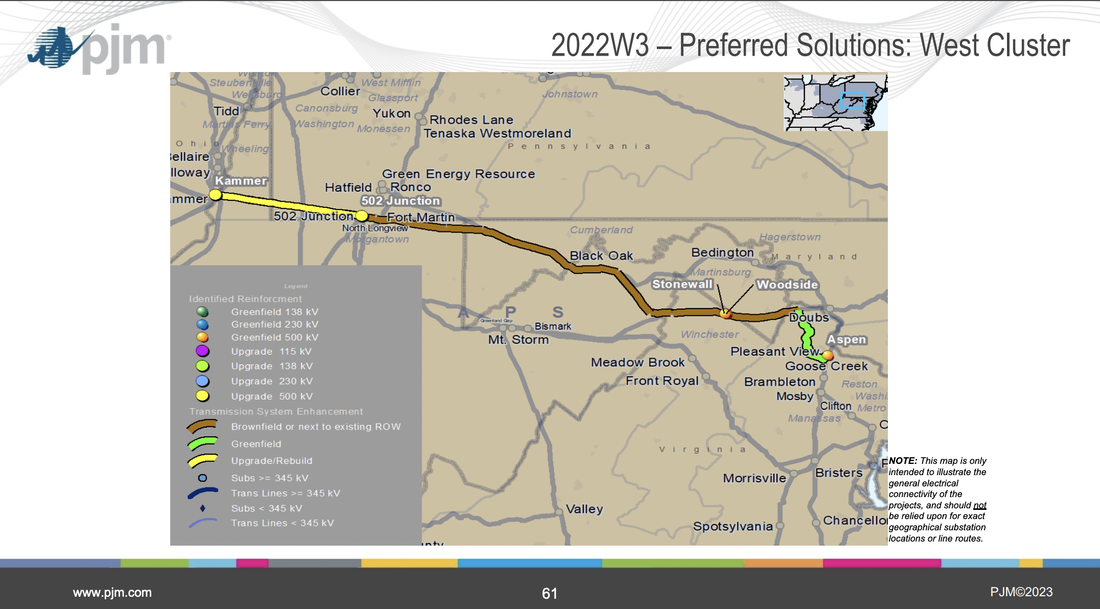
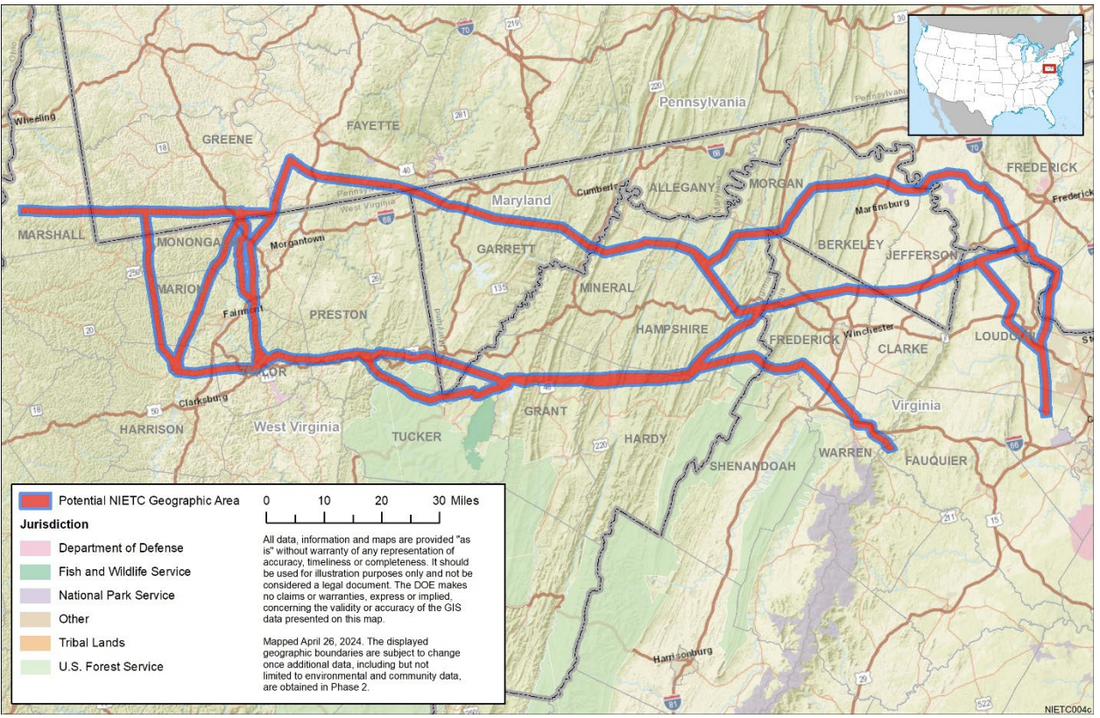

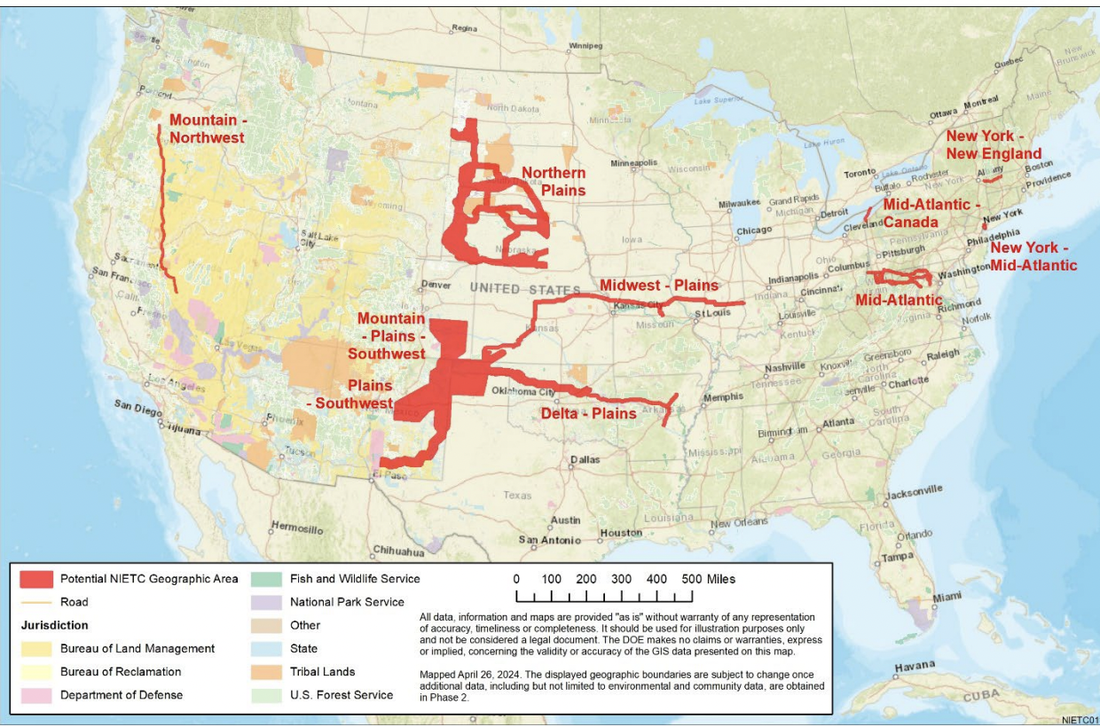
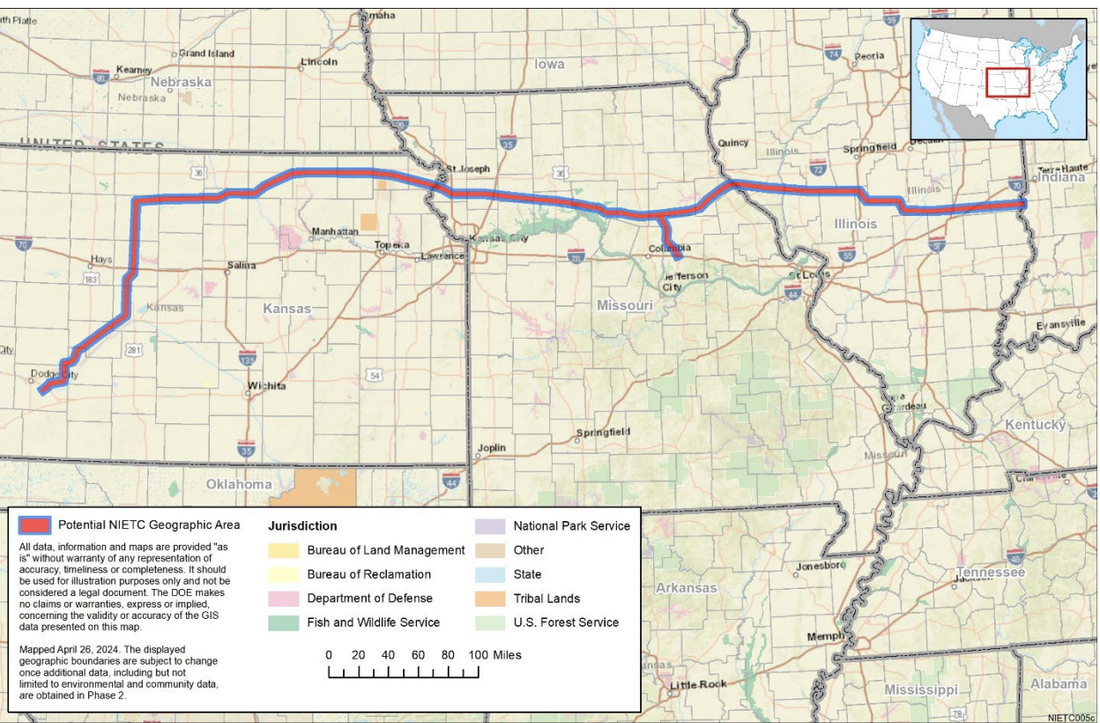
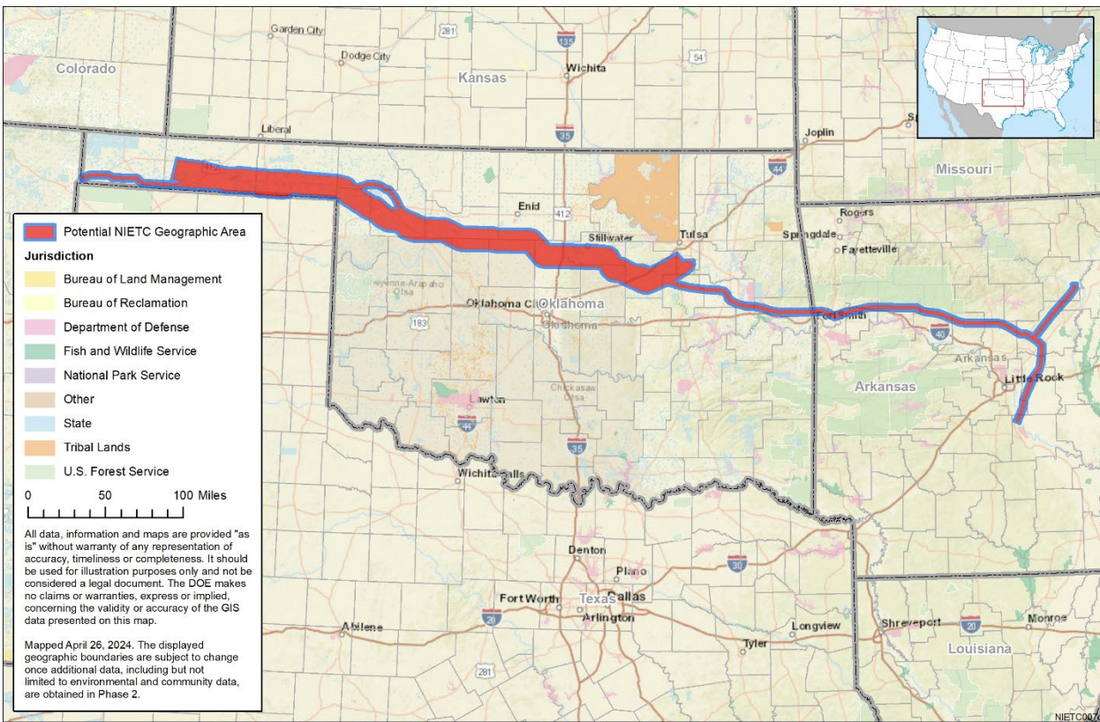
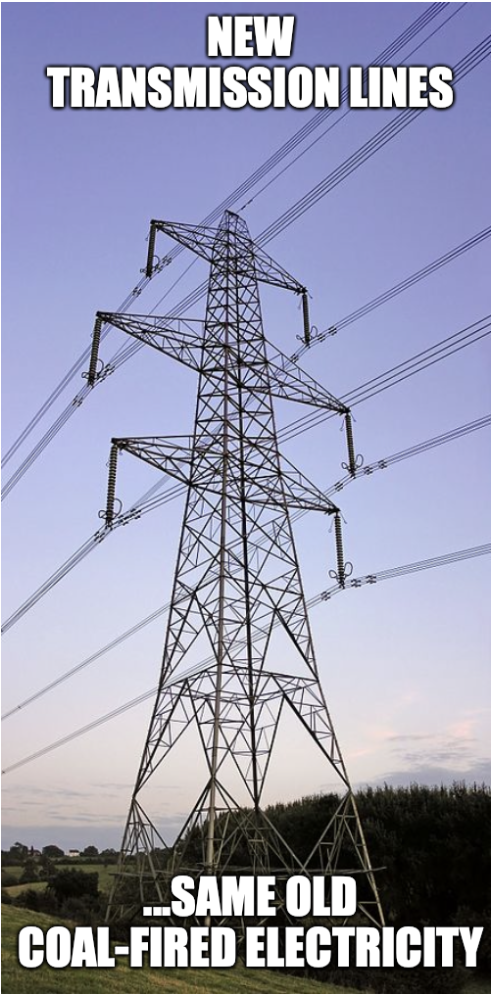
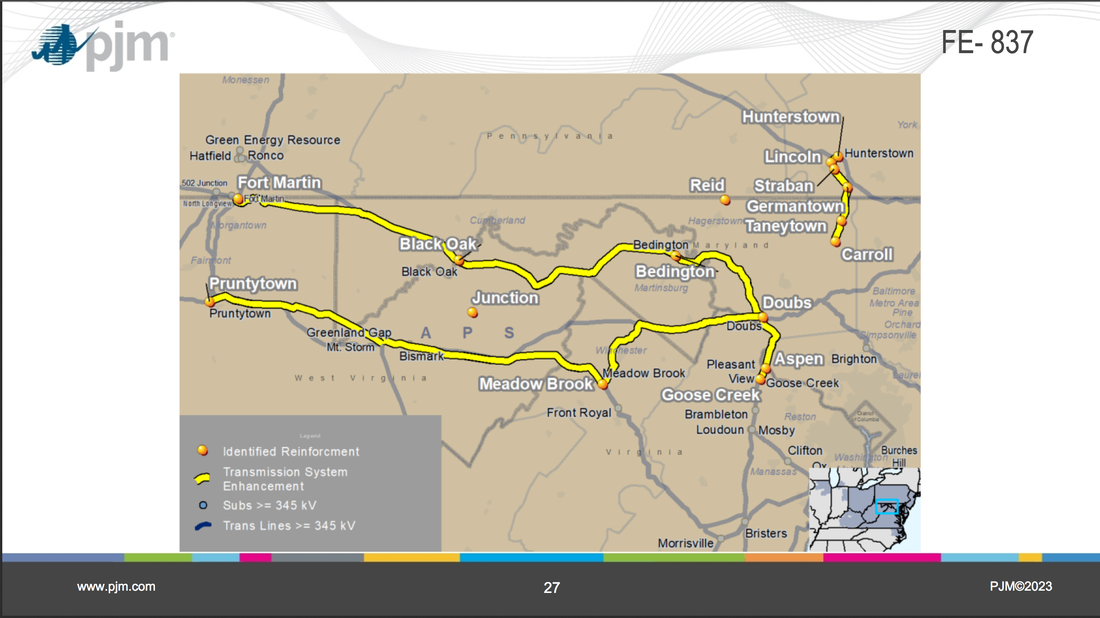
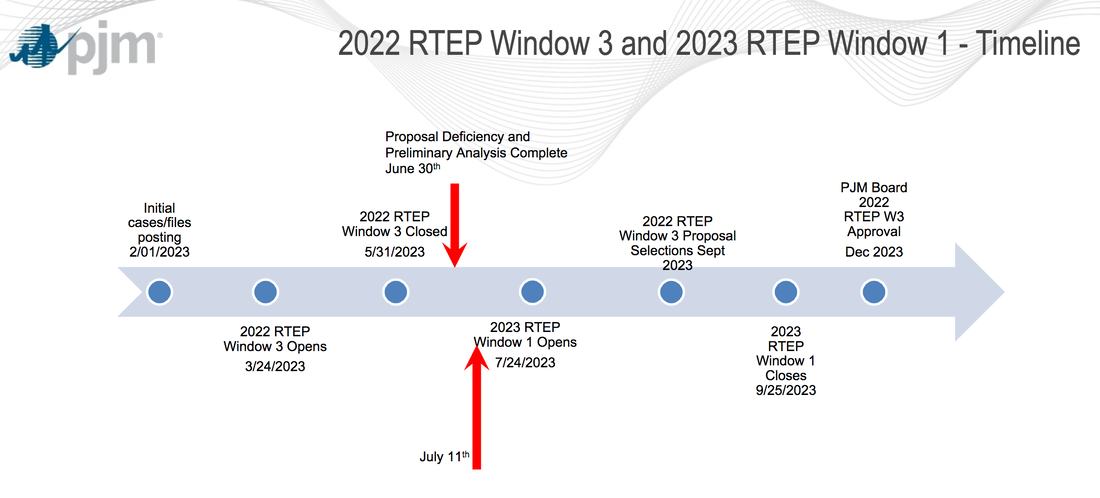

 RSS Feed
RSS Feed